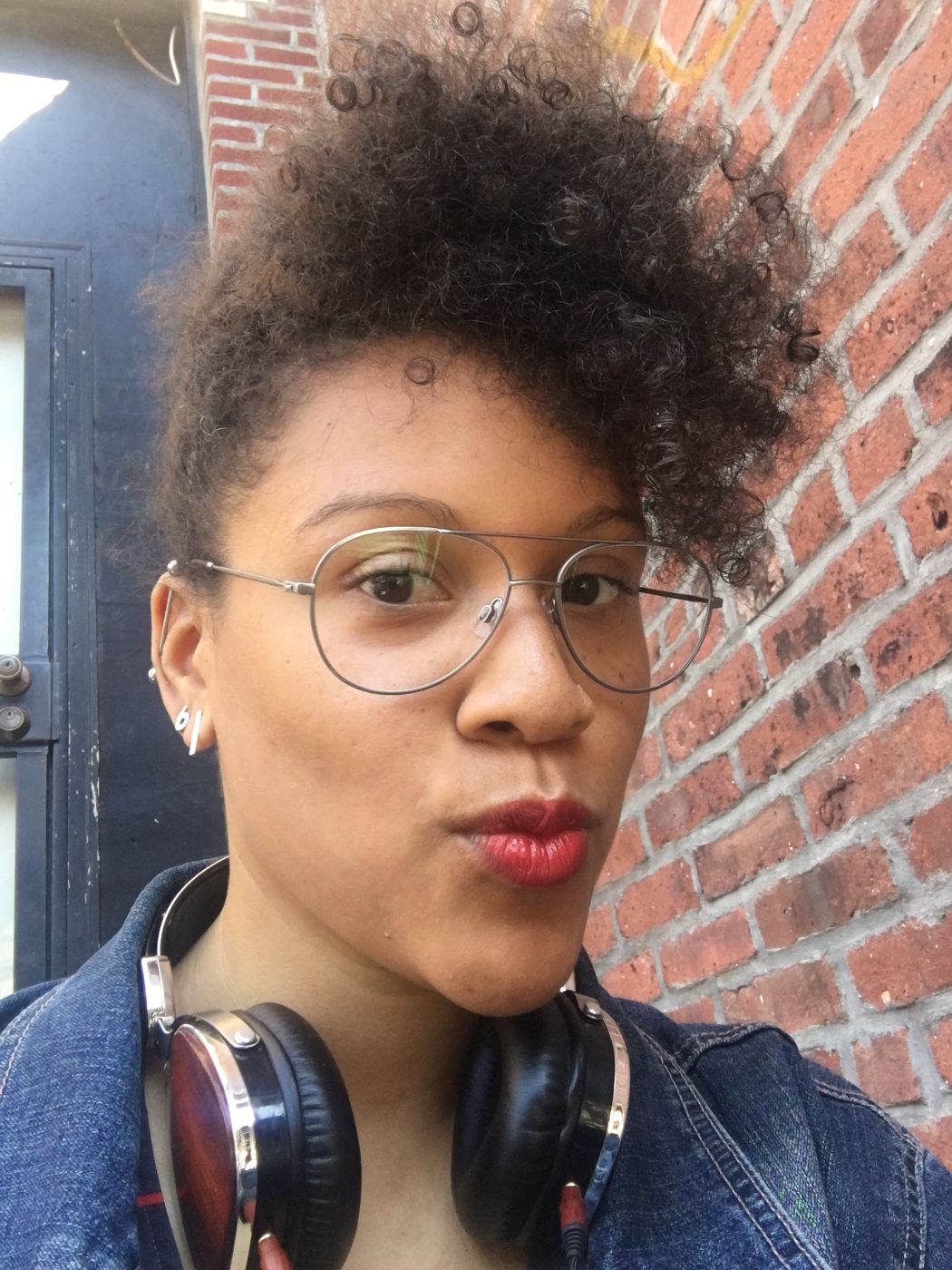113 reads
3 UX Soft Skills Needed to Build a Bridge
by
November 1st, 2023
Audio Presented by

practicing UX strategy and research 24/7, exploring video games, XR design, ethnomusicology, sound design, and edtech
Story's Credibility

About Author
practicing UX strategy and research 24/7, exploring video games, XR design, ethnomusicology, sound design, and edtech